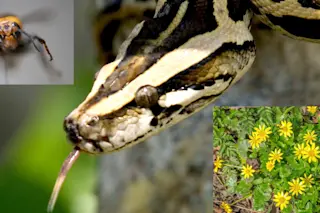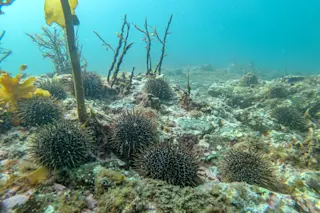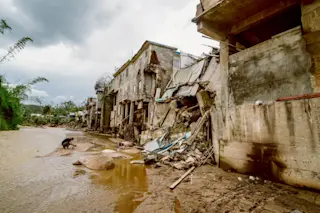Researchers have found that a one-year temperature spike can decrease the amount of carbon dioxide absorbed by a grassland ecosystem for up to two years. The four-year experiment, conducted at the Desert Research Institute in Nevada, adds a troubling new factor to calculations on how to best cope with global warming.
Grasslands and their soils are considered a major sink for excess atmospheric carbon dioxide. Such natural carbon sponges, if they continue to thrive, could help alleviate the warming effects of manmade CO2 emissions [Science News].
In the experiment, which was described in the journal Nature [subscription required], researchers removed 12 large plots of grass with the underlying six feet of soil and microbes, each taken from the Oklahoma prairie in one piece. The plots were transported to the institute's greenhouses, where the ecosystems were carefully controlled. Half the plots were exposed to normal fluctuations of temperature and rainfall, while ...













